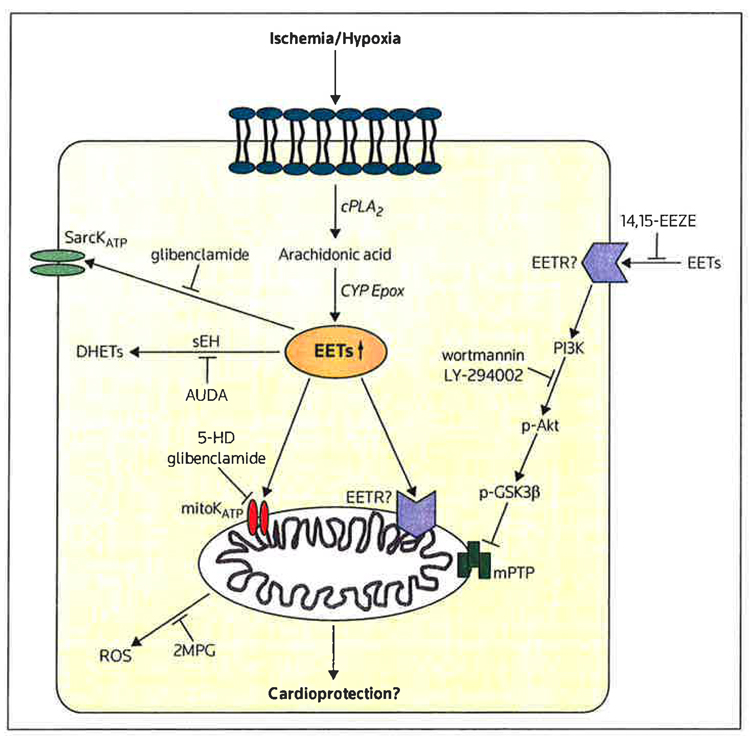Figure 1. Mechanistic pathways of soluble epoxide hydrolase inhibitors and/or epoxyeicosatrienoic acids in cardioprotection.
Several potential pathways for the activity of soluble epoxide hydrolase (sEH) inhibitors have been identified that may be involved in epoxyeicosatrienoic acid (EET)-induced cardioprotection. Because there is evidence that the EETs may exert both extracellular and intracellular effects, it is postulated that there may be an EET receptor (EETR) at the cell surface or within the mitochondria; however, no EET receptor has been cloned and this hypothesis remains questionable.
2MPG 2-mercaptopropionyl glycine, 5-HD 5-hydroxydecanoic acid, 14,15-EEZE 14,15-epoxyeicosa-5(Z)-enoic acid, AUDA .12-(3-adamantan-1-yt-ureido) dodecanoic acid, cPLA2 cytosolic phosphotipase A2, CYP Epox cytochrome P-450 epoxygenase, DHETs dihydroxyeicosatrienoic acids, mitoKATP mitochondrial ATP-sensitive potassium channel, mPTP mitochondrial permeabitity transitionpore, p-Akt phosphorylated Akt, p-GSK3β phospho-gtycogen synthase kinase-3β, Pl3K phosphoinositol-3-kinase, ROS reactive oxygen species, SarcKATP sarcolemmal ATP-sensitive potassium channel

